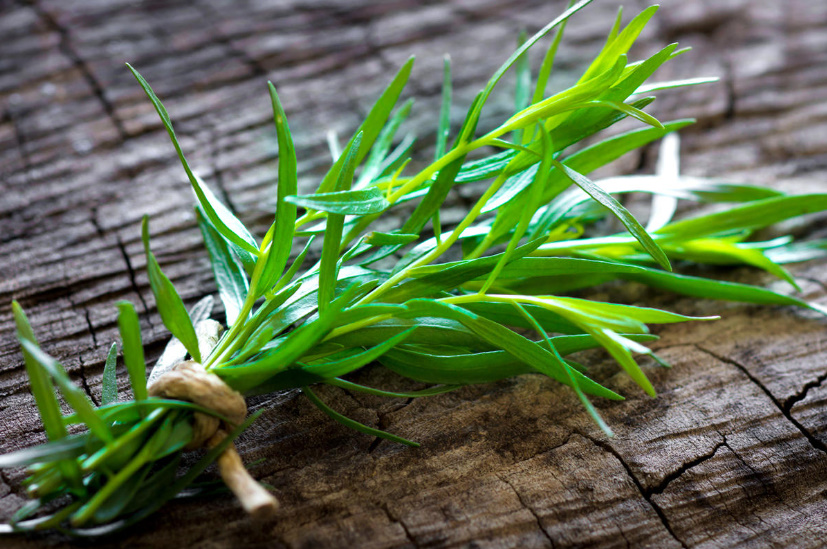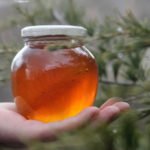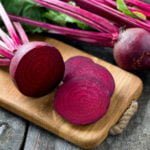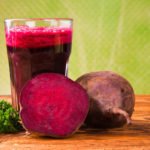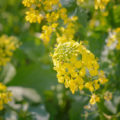Tarragon is well known as a spice used, among other things, in canning vegetables. And it is also a very useful plant with a number of medicinal properties, which will be discussed.
What is the use of tarragon
Fresh tarragon is rich in vitamins (C, B vitamins, carotene) and minerals (it contains iron, potassium, magnesium, copper, manganese). It contains tannins, flavonoids, essential oil.
Like many of the spicy cultures, tarragon is good for the digestive tract. It increases appetite, normalizes the work of the stomach and intestines, has a carminative and antispasmodic effect; it is useful to use this plant for gastritis with reduced secretion of gastric juice, intestinal atony, gastric and intestinal colic, flatulence.
Wine with tarragon, in addition to its beneficial effect on the gastrointestinal tract, has a calming effect and is used for insomnia; it also acts as a mild diuretic and tonic.
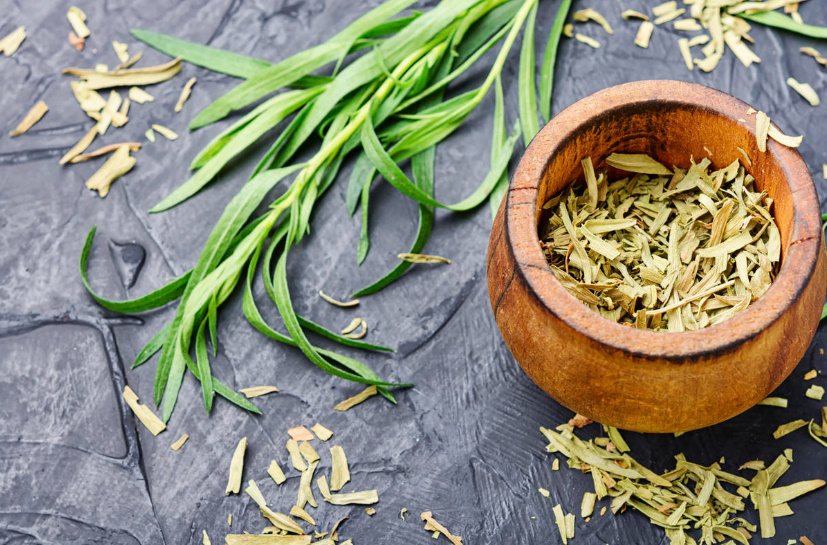
Traditional medicine recommends a decoction of tarragon in milk for coughs, bronchitis, colds, and an aqueous infusion for diseases of the kidneys, liver and gallbladder, headaches and fatigue.
Tarragon is also widely used externally. Ointment, baths and poultices with fresh grass are used to relieve pain in diseases of the joints and spine. Dried tarragon powder mixed with honey in a ratio of 1:3 is used to treat trophic ulcers, dermatitis, eczema, and other skin diseases. The diseased joints are also rubbed with alcohol tincture and apple or wine vinegar infused with tarragon.
A bath with a decoction or alcohol tincture of tarragon is recommended for colds, insomnia, nervous disorders, back and joint pain. Tincture is also useful to add to the water for rinsing with inflammatory diseases of the mouth and throat.
As medicinal raw materials, young shoots of the plant are used in fresh or dried form.
Who should not use tarragon
Contraindications to ingestion of tarragon preparations are acute gastrointestinal diseases and pregnancy. There are no contraindications for the external use of this plant.
